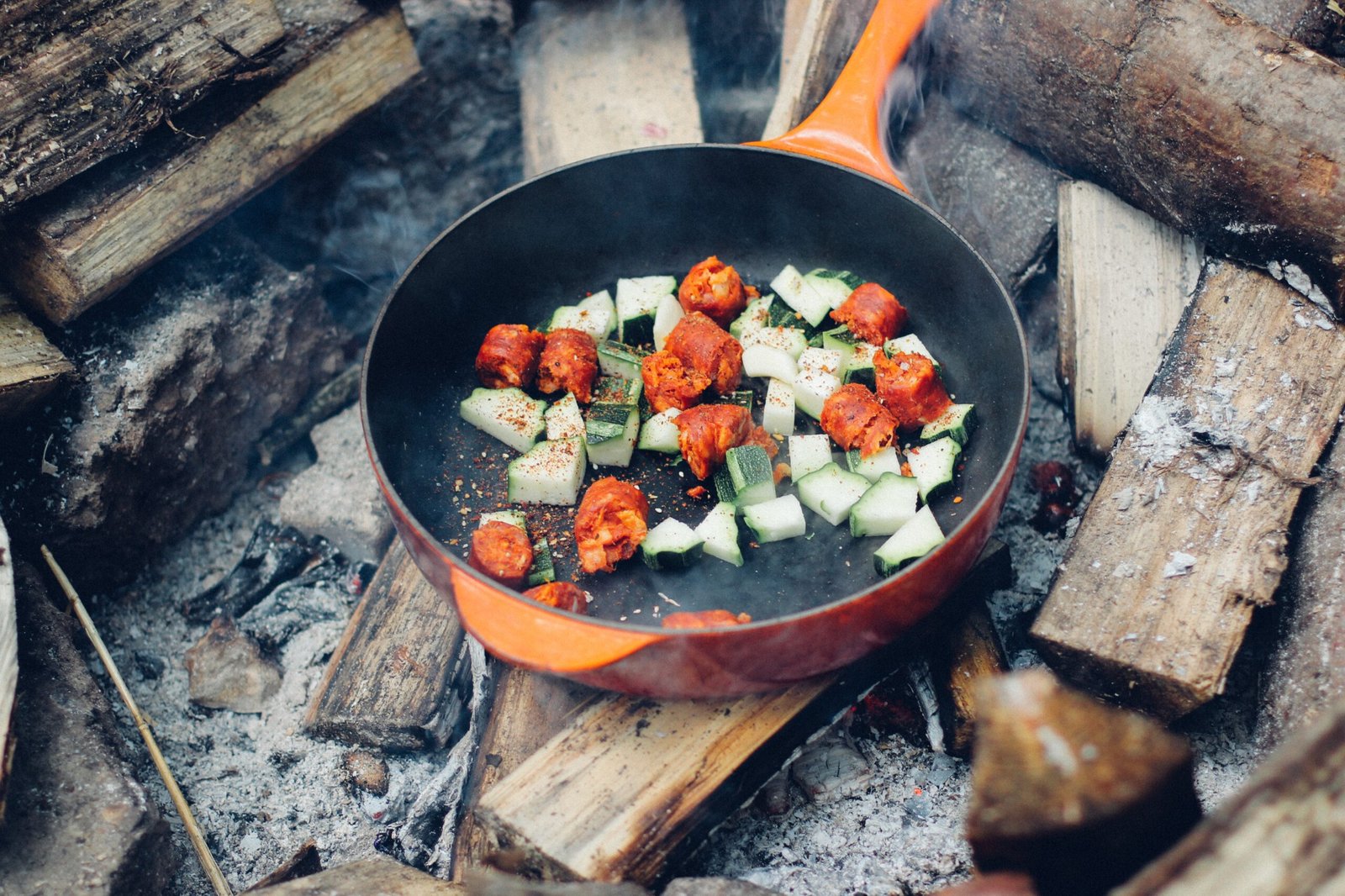Introduction
When it comes to backpacking, having the right meals can make or break your adventure. Dehydrated meals have become increasingly popular among outdoor enthusiasts due to their convenience and practicality. In this guide, we will explore the essentials of DIY dehydrated backpacking meals, from selecting the right ingredients to crafting nutritious and varied recipes, as well as packaging and storing for your outdoor adventures.
The Essence of Backpacking Meals
Why Dehydrated Meals?
Dehydrated meals are a popular choice for backpacking due to their lightweight nature and long shelf life. By removing the moisture from the ingredients, dehydrated meals become significantly lighter and more compact, making them ideal for backpacking trips where space and weight are at a premium.
Benefits and Advantages
Aside from their convenience, dehydrated meals also retain their nutritional value and flavor, making them a practical and tasty choice for outdoor adventures.
Essential Considerations for DIY Dehydrated Meals
Selecting the Right Ingredients
When choosing ingredients for dehydrated meals, opt for foods that dehydrate well and retain their quality and flavor. Some popular choices include fruits, vegetables, lean meats, and grains.
Dehydrating Techniques
There are several methods for dehydrating ingredients, including sun drying, oven dehydration, and dehydrator machines. Each method has its own benefits and considerations, so choose the method that best suits your needs and resources.
Packaging and Storage
Proper packaging and storage are crucial for maintaining the quality and shelf life of your dehydrated meals. Airtight containers and proper labeling can help extend the shelf life of your meals and keep them fresh for your adventures.
The Art of Dehydrating: Step-by-Step Guide
Prepping the Ingredients
Before dehydrating, it’s important to properly prepare the ingredients by washing, slicing, and seasoning them as desired. This ensures that the flavors are preserved and enhanced during the dehydration process.
Dehydrating Methods
There are various methods for dehydrating ingredients, each with its own set of considerations. Sun drying is a traditional method that requires ample sunlight and time. Oven dehydration is a convenient option for those without a dehydrator machine. Dehydrator machines offer precise temperature control and consistent results.
Monitoring and Adjusting
Throughout the dehydration process, it’s important to monitor the progress and make any necessary adjustments to ensure that the ingredients are dehydrated evenly and thoroughly.
Crafting Nutritious and Varied Backpacking Meals
Balanced Meal Components
When crafting dehydrated backpacking meals, aim for a balance of proteins, carbohydrates, fats, and essential vitamins and minerals to keep you nourished and energized during your adventures.
Flavorful and Exciting Recipes
Get creative with your dehydrated meal recipes by incorporating a variety of flavors and ingredients. From breakfast options to lunch and dinner delights, as well as snacks and energy boosters, there are endless possibilities for flavorful and exciting meals.
Packaging and Storing for Backpacking Adventures
Choosing Airtight Containers
Opt for airtight containers that are durable and lightweight to store your dehydrated meals. Mason jars, vacuum-sealed bags, and resealable pouches are popular choices for packaging.
Proper Labeling
Labeling your packaged meals with the contents and date of dehydration can help you stay organized and ensure that you use them before their expiration date.
Extending Shelf Life
Store your packaged meals in a cool, dry place away from direct sunlight to extend their shelf life and maintain their quality for your backpacking adventures.
Enjoying Dehydrated Backpacking Meals on Your Adventures
Preparation Tips
Prior to your backpacking trip, plan and prepare your dehydrated meals by organizing them according to your meal schedule and ensuring you have all the necessary cooking equipment and utensils.
Cooking Methods
When it’s time to enjoy your dehydrated meals, rehydrate them with hot water or simmer them over a camp stove for a warm and satisfying dining experience in the wilderness.
Wilderness Dining Experience
Embrace the unique experience of dining on dehydrated meals amidst the beauty of nature, and savor the convenience and flavors of your homemade backpacking meals.
Conclusion
DIY dehydrated backpacking meals offer a rewarding and practical way to prepare for outdoor adventures. By following the essential considerations and crafting nutritious and varied recipes, you can enjoy the convenience and flavors of homemade meals on your backpacking trips. Encourage further exploration and culinary creativity to discover new and exciting dehydrated meal options for your next outdoor escapade.

